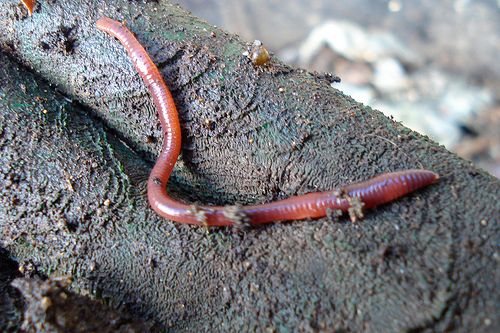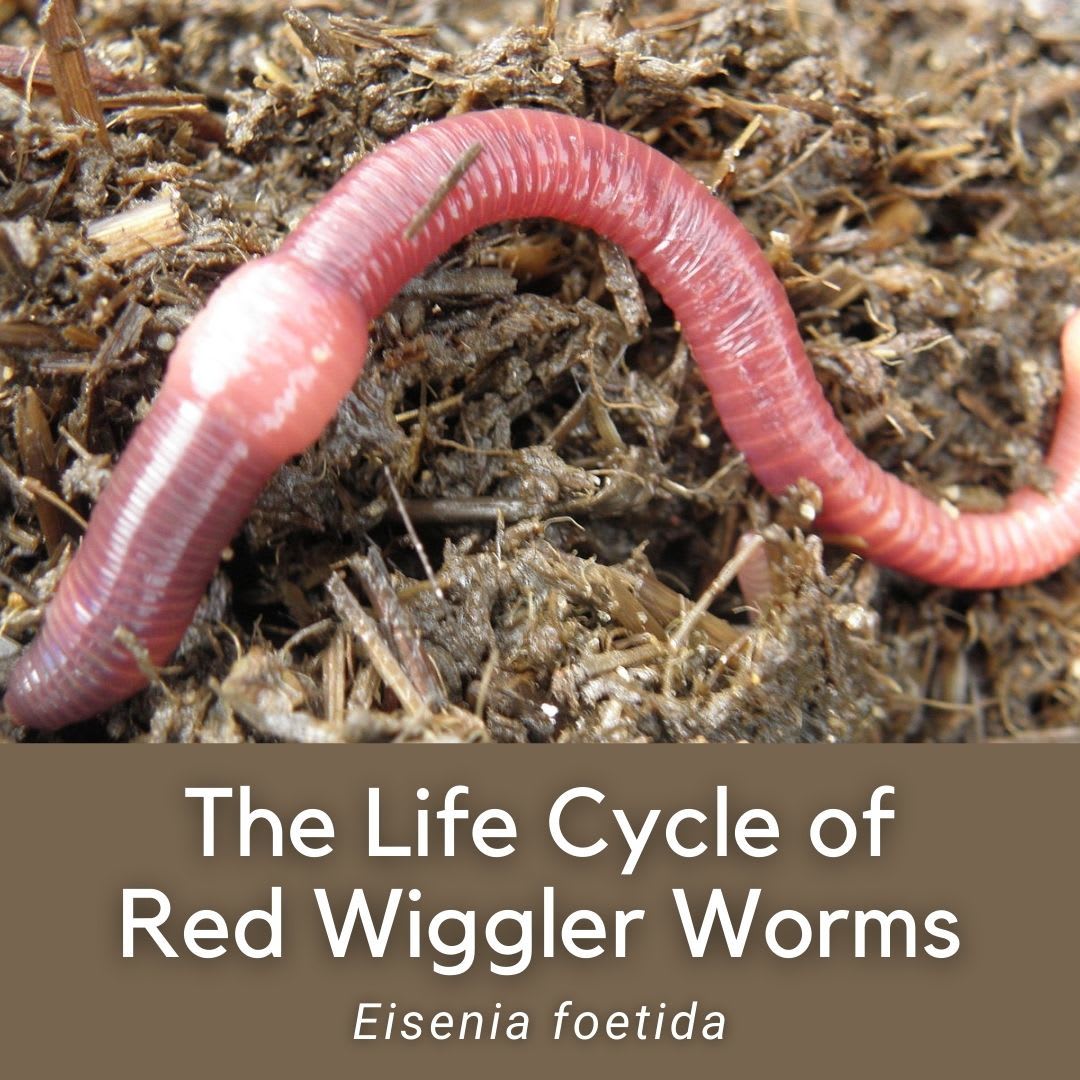Enjoy Healthy, Thriving Grass with the Help of Red Wiggler Express Lawn Care Services
Red Wigglers: The Unsung Heroes of Organic Waste Recycling
Red wigglers, or Eisenia fetida, offer as essential representatives in the organic waste reusing process, transforming disposed of materials right into useful vermicompost. As the world significantly looks for services to fight waste build-up and improve farming performance, recognizing the function of these worms becomes crucial.
What Are Red Wigglers?
The remarkable strength of red wigglers, scientifically called Eisenia fetida, highlights their essential duty in organic waste recycling. These tiny, reddish-brown earthworms are usually found in disintegrating organic issue, such as compost heap and manure heaps. Lake Hickory Bait. Unlike other earthworm varieties, red wigglers flourish in nutrient-rich settings and are highly reliable at breaking down organic products, making them essential for vermicomposting

(Lake Rhodhiss Bait)Along with their function in waste reduction, red wigglers add to dirt wellness by boosting soil structure and aeration through their tunneling activities (Lake Hickory Bait). Their existence in composting systems not just improves disintegration prices yet additionally advertises a sustainable approach to waste management, showing their value in environmental preservation efforts
Benefits of Composting With Worms
Composting with worms, especially red wigglers, provides various advantages that improve both waste administration and soil health. These worms efficiently break down natural waste, transforming it right into nutrient-rich vermicompost that enhances soil. This procedure increases disintegration, enabling a quicker recycling of kitchen area scraps and various other natural materials contrasted to typical composting approaches.
Furthermore, the vermicompost created by red wigglers is brimming with useful bacteria, which help boost dirt structure, oygenation, and wetness retention. This improves the overall wellness of plants, promoting vigorous development and boosted yields in yards and agricultural settings. The usage of worms in composting reduces the manufacturing of greenhouse gases, such as methane, contributing to a more lasting waste management system.

How to Begin Vermicomposting
Developing a vermicomposting system is an uncomplicated procedure that can yield significant benefits for both waste administration and dirt enrichment. To start, pick an ideal container, such as a plastic bin or wooden box, with adequate ventilation holes to make sure appropriate air movement. The measurements need to preferably be about 2 feet by 3 feet, permitting ample space for the worms to thrive.
Next, prepare bedding material, which can contain shredded newspaper, cardboard, or coconut coir. This bedding should be moistened to create an ideal environment for the worms. As soon as the bed linens remains in location, introduce red wigglers (Eisenia fetida) into the bin, generally around one pound of worms for every square foot of surface area.
Following the positioning of worms, add organic waste, such as vegetables and fruit scraps, coffee grounds, and smashed eggshells. Stay clear of including dairy products, meat, or oils, as these can create odors and bring in parasites. Place the bin in a shaded, temperature-controlled location to keep ideal conditions for worm task. With these actions, you will efficiently initiate a vermicomposting system that adds to sustainable waste management and enriches your dirt.
Keeping a Healthy Worm Bin
(Lake Hickory Bait)Keeping a worm container flourishing calls for routine focus and care to make certain the health and wellness of the red wigglers and the performance of the composting process. Correct maintenance starts with keeping track of the dampness levels; the container should perspire but not soaked. A good guideline is to maintain a consistency comparable to a wrung-out sponge.
Delicately mixing the bedding and food scraps every few weeks stops compaction and makes certain that all worms have accessibility to oxygen. Additionally, it is essential to feed the worms properly.
If the bin ends up being too hot or cool, the worms might end up being stressed click here for more out. By vigilantly managing these factors, one can maintain a durable and efficient worm bin.
Effect On Lasting Living
The effective maintenance of a worm bin not just profits the health and wellness of red wigglers but also adds substantially to sustainable living practices. By reusing organic waste, such as kitchen scraps and lawn debris, red wigglers aid draw away considerable amounts of product from garbage dumps. This reduction in waste not just reduces greenhouse gas emissions yet likewise minimizes the ecological concern associated with waste monitoring.
Additionally, the castings created by red wigglers function as a nutrient-rich natural fertilizer, boosting soil health and advertising plant growth. This all-natural alternative to chemical plant foods supports lasting farming and gardening techniques, minimizing reliance on artificial inputs that can damage ecosystems. In addition, worm composting fosters understanding of waste management, motivating people and areas to take on more sustainable habits.

Verdict
In recap, red wigglers offer as crucial contributors to organic waste reusing with their effective decomposition of organic products. By incorporating vermicomposting into waste management strategies, people and neighborhoods can dramatically decrease waste while advertising environmental sustainability.